1. How to Unclog a Kitchen Sink with Liquid Plumber
Dealing with a clogged kitchen sink can be a headache, especially when the usual go-to solution of using liquid plumber doesn't seem to be working. But before you call a plumber and spend a hefty amount of money, there are a few things you can try to unclog your sink using liquid plumber.
First, make sure you have the right type of liquid plumber for your particular sink. There are different types of liquid plumber, such as gel or foam, meant for different types of clogs. It's important to read the label and make sure you have the right one for your clog.
Next, follow the instructions on the bottle carefully. Typically, you'll need to pour the liquid plumber directly into the drain and let it sit for a certain amount of time before flushing it out with hot water. Make sure you're wearing protective gloves and eyewear while handling the liquid plumber.
If the liquid plumber doesn't work the first time, you can try repeating the process or moving on to other methods. It's important to be patient and give the liquid plumber enough time to dissolve the clog.
2. Troubleshooting Tips for When Liquid Plumber Doesn't Work
So you've tried using liquid plumber, but your kitchen sink is still clogged. Before you give up and call a professional, here are some troubleshooting tips to try:
Check the drain opening for any visible debris or objects that may be causing the clog. Use a pair of tongs or a small hook to remove any obstructions.
If you have a garbage disposal, make sure it's not the cause of the clog. Turn off the power to the disposal and use a flashlight to check for any food or objects stuck in the blades. Use tongs or a small hook to remove any debris.
Try using a plunger to dislodge the clog. Make sure there is enough water in the sink to cover the plunger and create a seal. Plunge vigorously for a few minutes and then check to see if the water is draining.
If the clog is further down the drain, you can try using a drain snake to break it up. Insert the snake into the drain and twist it to break up the clog. Flush the drain with hot water to remove any remaining debris.
3. DIY Methods for Unclogging a Kitchen Sink Without Liquid Plumber
If liquid plumber isn't working for you or you want to try a more natural approach, there are some DIY methods you can use to unclog your kitchen sink:
Mix equal parts baking soda and vinegar and pour it down the drain. Let it sit for 15-20 minutes and then flush with hot water. The chemical reaction between the two ingredients can help break down the clog.
Use a combination of hot water and dish soap. Boil a pot of water and mix in a few tablespoons of dish soap. Pour the mixture down the drain and let it sit for a few minutes before flushing with hot water.
Try using a homemade drain snake made from a wire hanger. Straighten out the hanger and create a small hook at one end. Insert the hook into the drain and twist it to break up the clog.
4. Common Reasons Why Liquid Plumber May Not Be Working
If you've tried using liquid plumber and it still hasn't unclogged your kitchen sink, there may be a few reasons why:
The clog is too big or too far down the drain for the liquid plumber to reach. In this case, you may need to use a plunger or drain snake to break up the clog.
The clog is made up of materials that are not easily dissolved by liquid plumber, such as hair or grease. In this case, a more targeted approach may be needed.
You haven't let the liquid plumber sit long enough or used enough of the product. Make sure to follow the instructions carefully and give the product enough time to work.
5. Using a Plunger to Unclog a Kitchen Sink Instead of Liquid Plumber
A plunger can be a useful tool for unclogging a kitchen sink, especially if the clog is closer to the surface. Here's how to use a plunger:
Make sure there is enough water in the sink to cover the plunger and create a seal. Place the plunger over the drain and push down and pull up vigorously for a few minutes. Check to see if the water is draining and repeat if necessary.
If you have a double sink, make sure to cover the other drain with a cloth or stopper to create a seal.
6. How to Use a Drain Snake to Unclog a Kitchen Sink Without Liquid Plumber
A drain snake can be a handy tool for breaking up clogs that are further down the drain. Here's how to use one:
Insert the snake into the drain and twist it to break up the clog. If you encounter resistance, continue to twist and push until the snake can move freely through the drain. Flush the drain with hot water to remove any remaining debris.
It's important to be careful when using a drain snake as it can damage your pipes if not used correctly.
7. Natural Alternatives to Liquid Plumber for Unclogging a Kitchen Sink
If you prefer to use natural alternatives to harsh chemicals like liquid plumber, there are a few options you can try:
Use a combination of baking soda and salt. Mix equal parts baking soda and salt and pour it down the drain. Let it sit for 15-20 minutes and then flush with hot water.
Try using a mixture of lemon juice and hot water. Squeeze half a lemon down the drain and follow with hot water. The acidity of the lemon can help break down clogs.
Use a plunger or drain snake to physically remove the clog instead of using chemicals.
8. When to Call a Professional Plumber for a Clogged Kitchen Sink
If you've tried all the DIY methods and liquid plumber, and your kitchen sink is still clogged, it may be time to call a professional plumber. Here are some signs that it's time to seek professional help:
The clog is persistent and keeps coming back after multiple attempts to remove it.
You've tried all the DIY methods and liquid plumber with no success.
You're uncomfortable with handling chemicals or using tools like a plunger or drain snake.
The clog is causing other issues, such as slow draining or foul odors.
A professional plumber has the necessary tools and expertise to remove stubborn clogs and diagnose any underlying issues that may be causing the clog.
9. Preventing Future Clogs in Your Kitchen Sink
Once you've successfully unclogged your kitchen sink, you'll want to take steps to prevent future clogs. Here are some tips:
Don't pour grease or oil down the drain. Instead, pour it into a separate container and dispose of it in the trash.
Use a drain catcher to catch food particles and debris before they go down the drain.
Run hot water down the drain after each use to help prevent buildup.
Regularly clean your garbage disposal by grinding ice cubes and a lemon or lime peel.
10. How to Properly Dispose of Liquid Plumber After Use
After you've successfully unclogged your kitchen sink using liquid plumber, it's important to properly dispose of the product. Here's how:
Check the label for any specific instructions for disposal.
If there are no instructions, pour the remaining liquid plumber into a plastic bag and seal it tightly. Then, dispose of it in the trash.
Do not pour liquid plumber down the drain as it can cause damage to your pipes and the environment.
By following these tips, you can effectively unclog your kitchen sink using liquid plumber or other DIY methods. Remember to always read the label and follow safety precautions when handling any chemicals. If all else fails, don't hesitate to call a professional plumber for assistance.
Why Liquid Plumber May Not Be Enough to Unclog Your Kitchen Sink

A Common Frustration for Homeowners
 As a homeowner, dealing with a clogged kitchen sink can be a frustrating and inconvenient experience. It can disrupt your daily routine and make it difficult to complete simple tasks like washing dishes. Many people turn to liquid plumber as a quick fix for a clogged sink, but what happens when it doesn't work?
As a homeowner, dealing with a clogged kitchen sink can be a frustrating and inconvenient experience. It can disrupt your daily routine and make it difficult to complete simple tasks like washing dishes. Many people turn to liquid plumber as a quick fix for a clogged sink, but what happens when it doesn't work?
The Limitations of Liquid Plumber
 Liquid plumber
is a popular drain opening solution that is widely available in most stores. It is advertised as a powerful and effective way to quickly clear clogs in your pipes. However, it is important to understand that
liquid plumber
is not always the best solution for every clog.
Liquid plumber
is a popular drain opening solution that is widely available in most stores. It is advertised as a powerful and effective way to quickly clear clogs in your pipes. However, it is important to understand that
liquid plumber
is not always the best solution for every clog.
One of the main reasons why liquid plumber may not work to unclog your kitchen sink is because it is only effective on certain types of clogs. This solution is designed to break down organic materials like food particles, grease, and hair. However, if your clog is caused by something like a foreign object or a buildup of mineral deposits, liquid plumber will not be able to dissolve it. In fact, using liquid plumber on these types of clogs may even make the problem worse by creating a bigger blockage.
The Importance of Identifying the Cause of the Clog
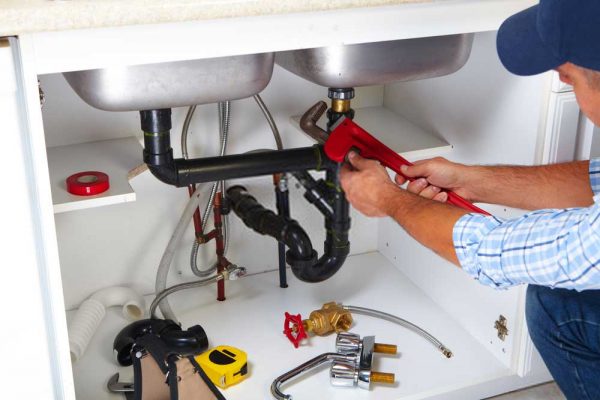 When dealing with a clogged kitchen sink, it is important to identify the cause of the clog before attempting to fix it. This will help you determine the best course of action and avoid wasting time and money on solutions that may not work.
For instance, if your sink is clogged due to a foreign object, you may need to physically remove it rather than relying on a chemical solution like liquid plumber.
When dealing with a clogged kitchen sink, it is important to identify the cause of the clog before attempting to fix it. This will help you determine the best course of action and avoid wasting time and money on solutions that may not work.
For instance, if your sink is clogged due to a foreign object, you may need to physically remove it rather than relying on a chemical solution like liquid plumber.
Another factor to consider is the age and condition of your pipes. If you have old or damaged pipes, using liquid plumber may cause more harm than good. The harsh chemicals in the solution can erode and weaken already fragile pipes, leading to costly repairs down the line.
Alternative Solutions for a Clogged Kitchen Sink
 If liquid plumber is not working to unclog your kitchen sink, there are other solutions you can try. One option is using a plunger to create pressure and force the clog through the pipes. You can also try using a plumbing snake to physically remove the clog.
For more stubborn clogs, it may be best to call a professional plumber who has the proper tools and expertise to effectively clear your pipes.
If liquid plumber is not working to unclog your kitchen sink, there are other solutions you can try. One option is using a plunger to create pressure and force the clog through the pipes. You can also try using a plumbing snake to physically remove the clog.
For more stubborn clogs, it may be best to call a professional plumber who has the proper tools and expertise to effectively clear your pipes.
In Conclusion
 While liquid plumber may be a quick and convenient solution for some clogs, it is not always the best choice for every situation.
If you are unable to unclog your kitchen sink using liquid plumber, it is important to explore alternative solutions and potentially seek professional help to avoid causing further damage to your pipes.
By understanding the limitations of liquid plumber and properly identifying the cause of your clog, you can effectively unclog your kitchen sink and get back to your daily routine.
While liquid plumber may be a quick and convenient solution for some clogs, it is not always the best choice for every situation.
If you are unable to unclog your kitchen sink using liquid plumber, it is important to explore alternative solutions and potentially seek professional help to avoid causing further damage to your pipes.
By understanding the limitations of liquid plumber and properly identifying the cause of your clog, you can effectively unclog your kitchen sink and get back to your daily routine.



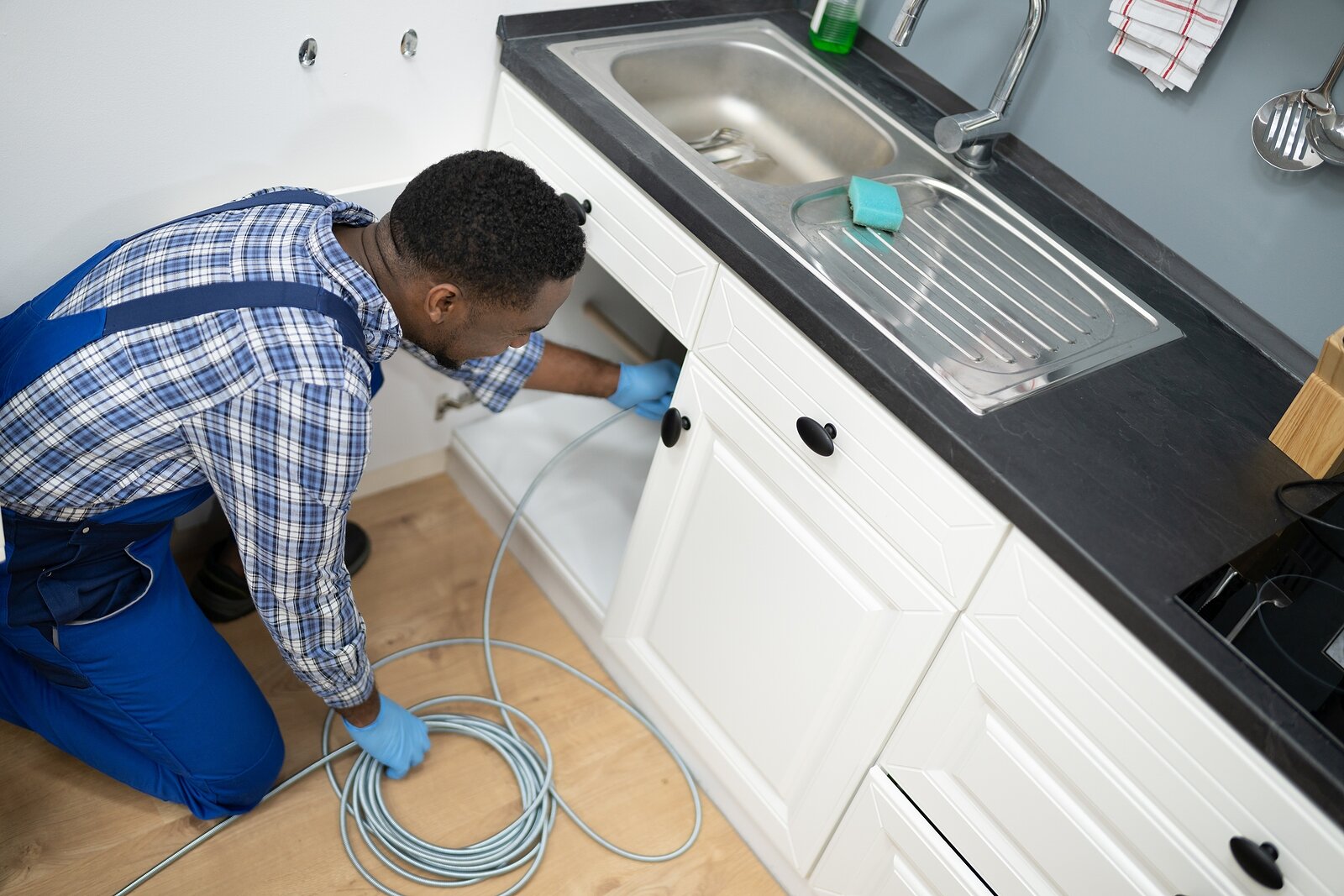
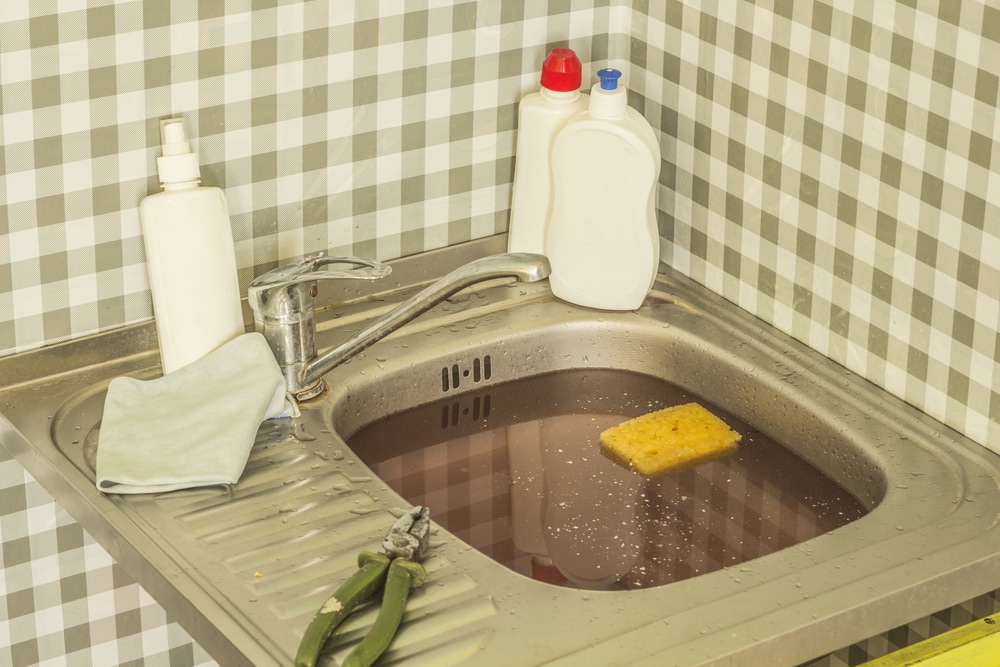







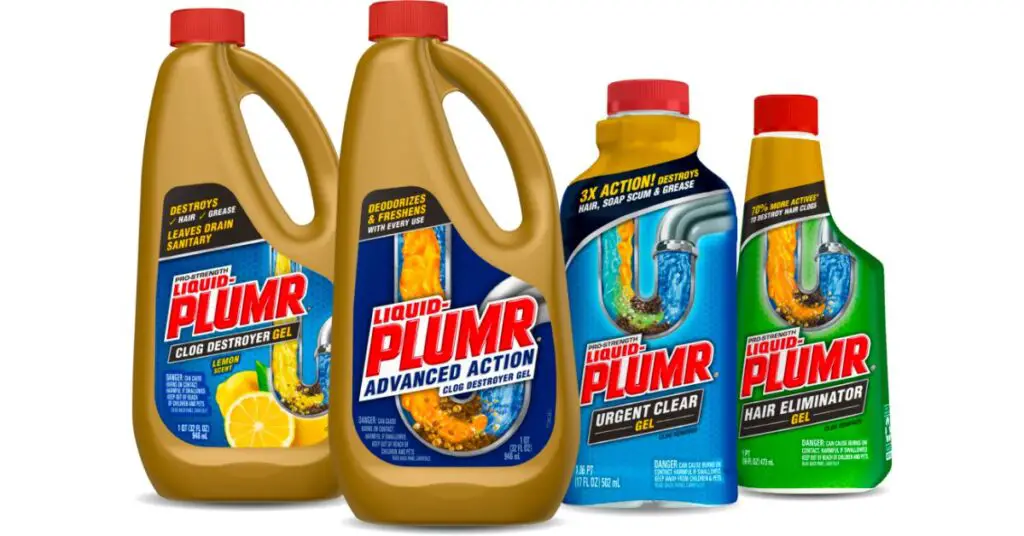
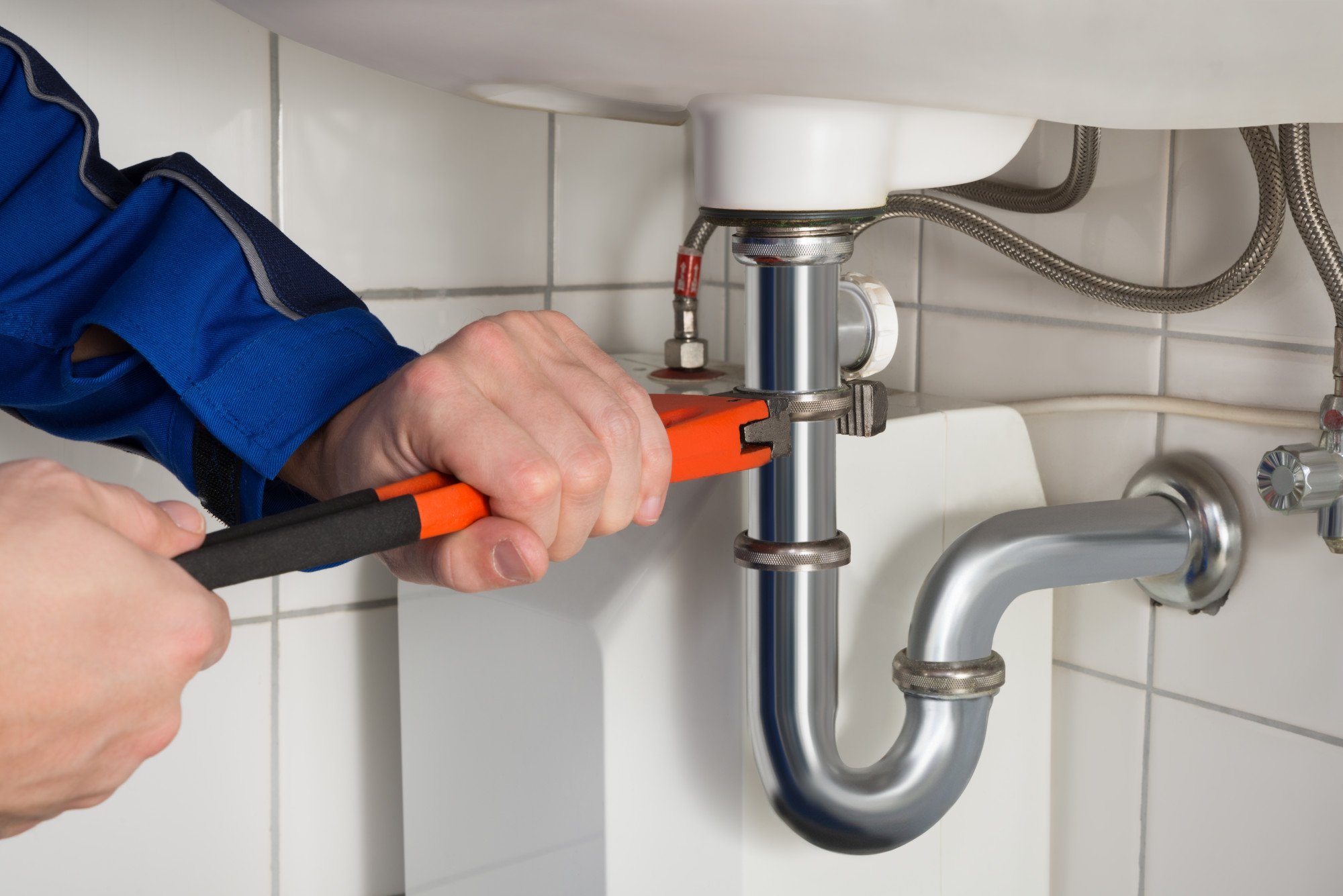
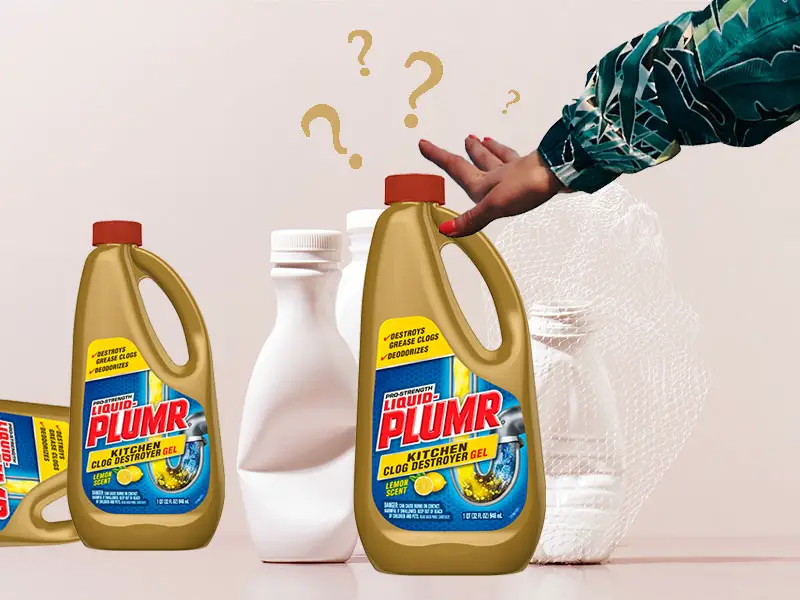















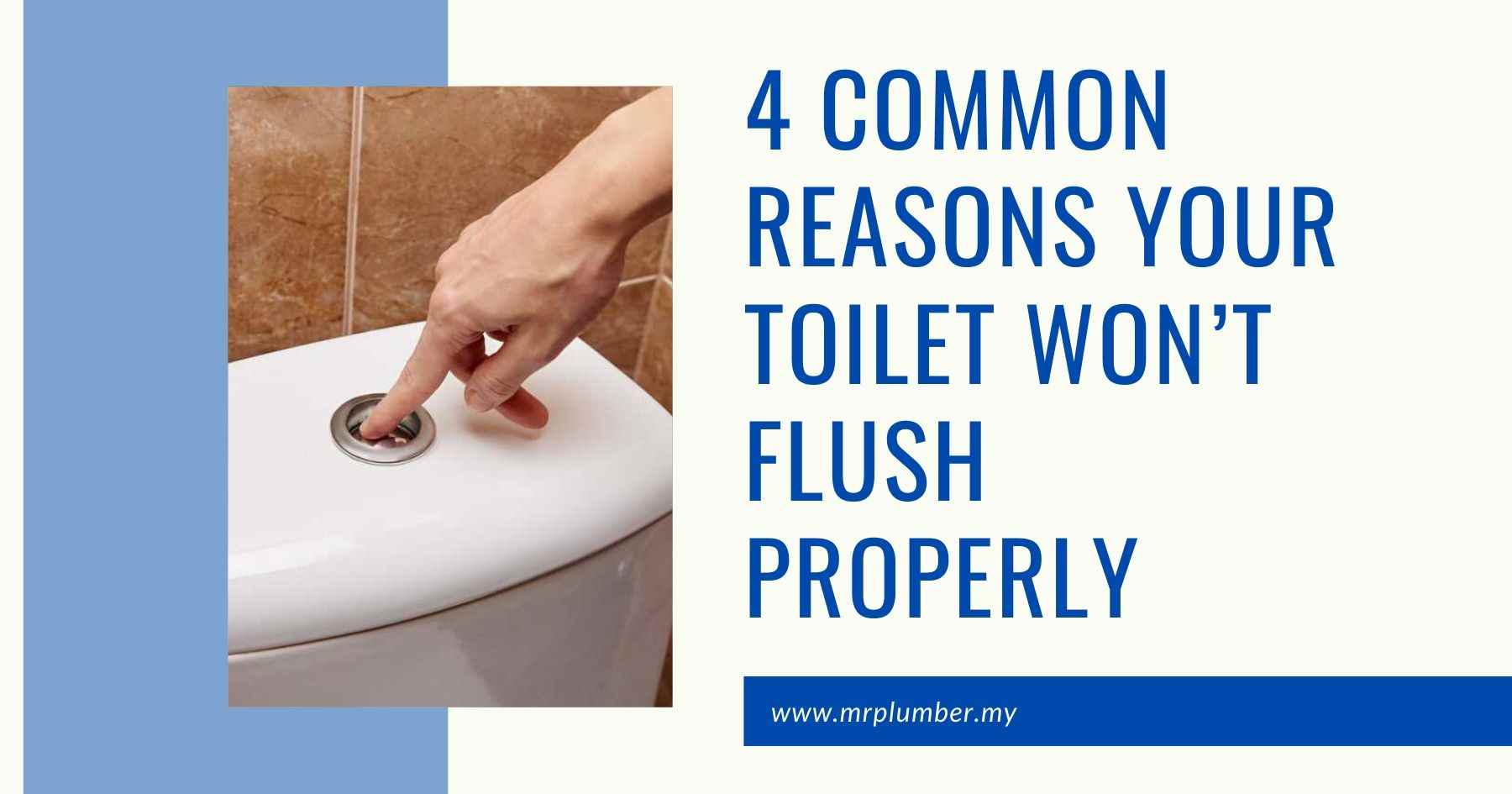



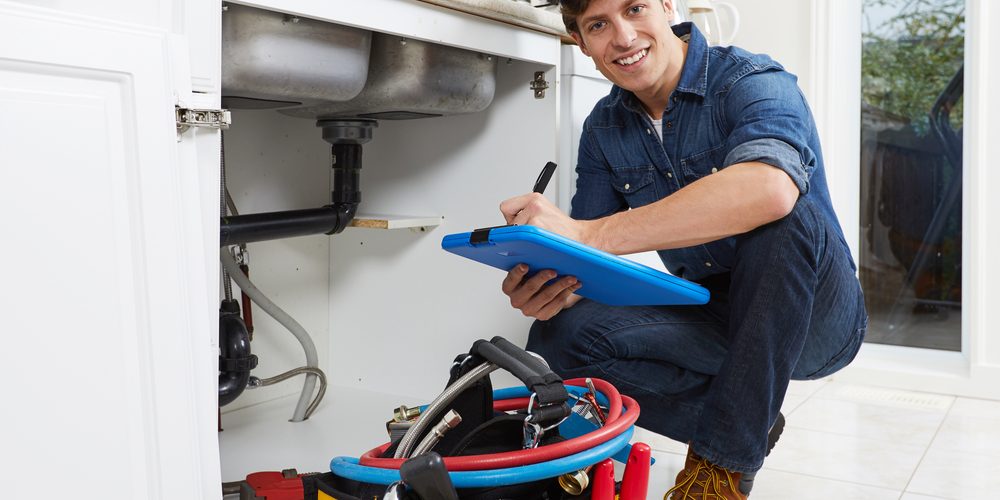



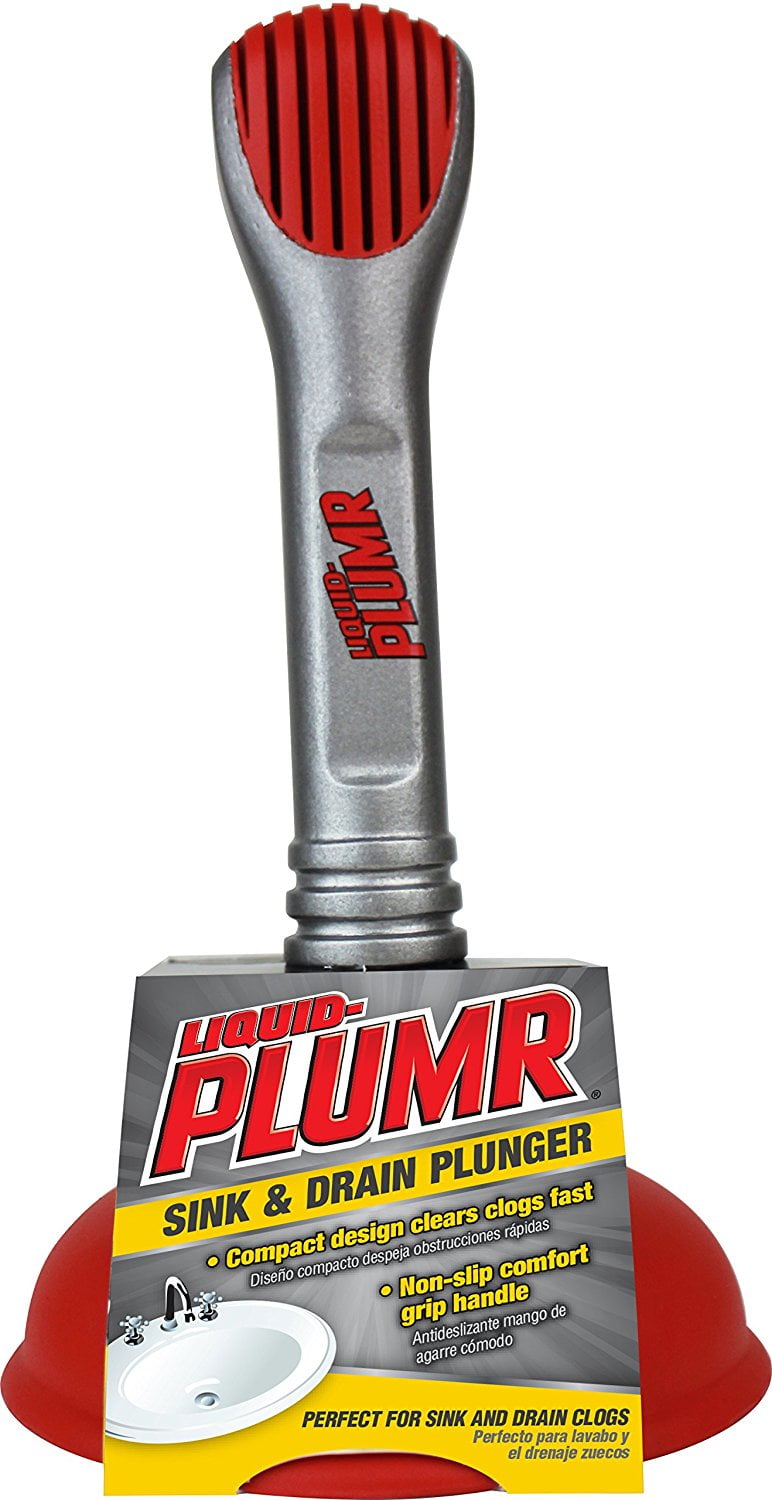

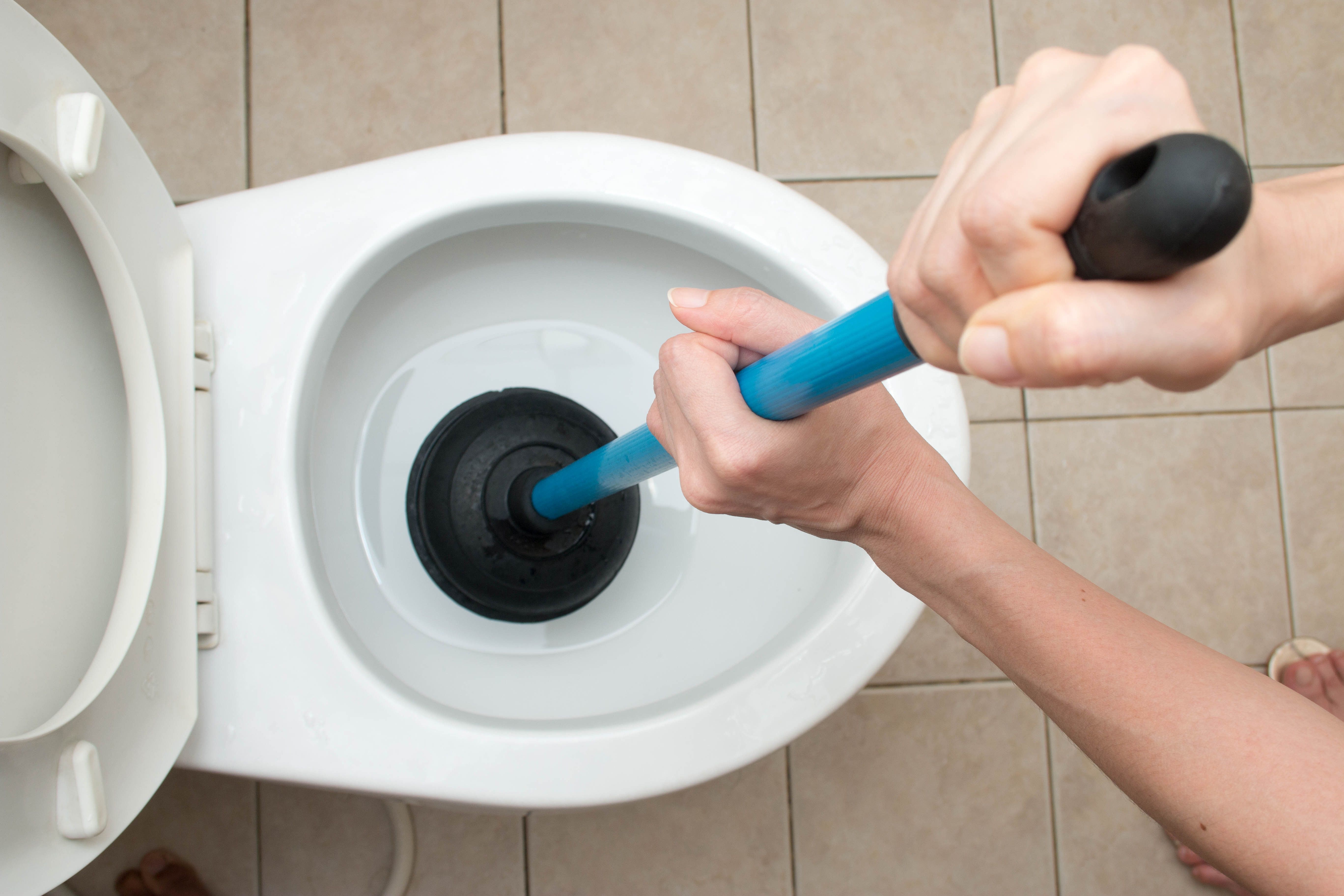






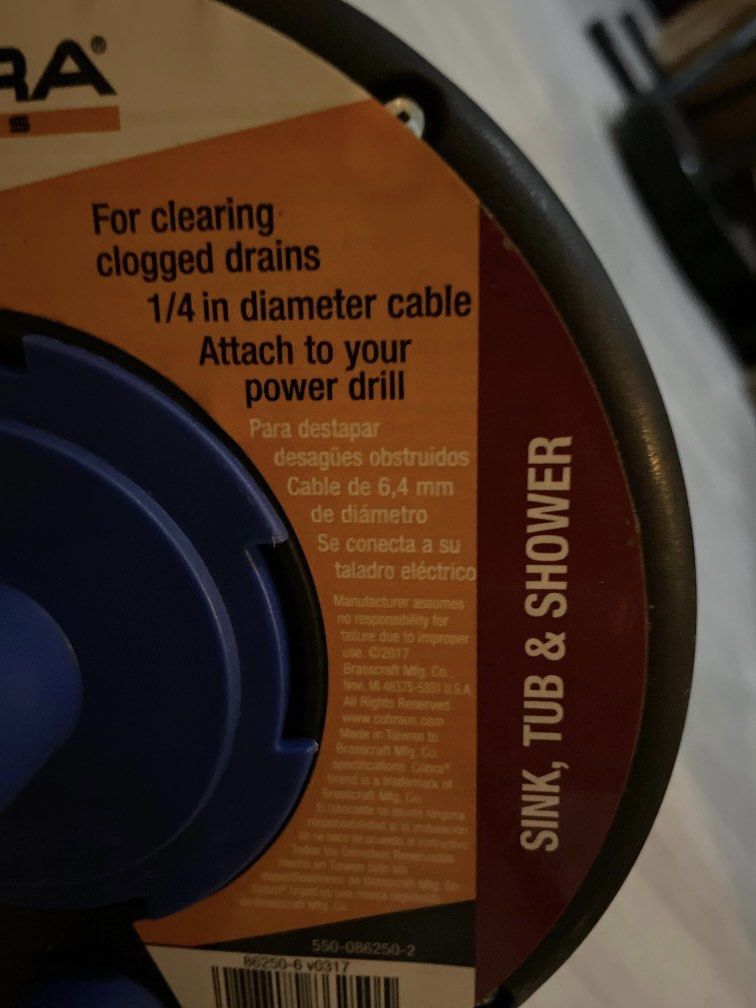




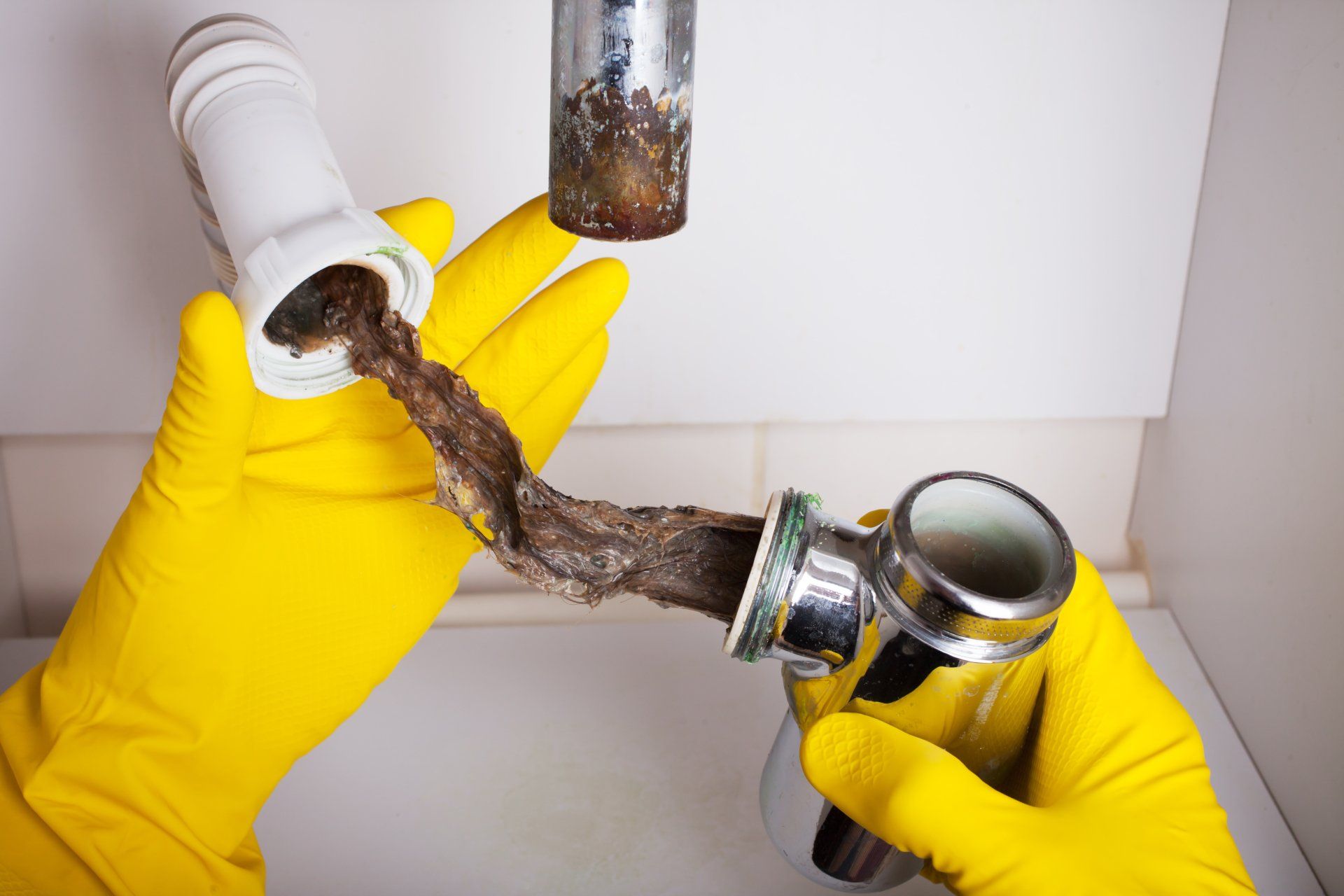
/DrainSnake-c4efd6c0f57e4994a171a4b2f2463059.jpg)
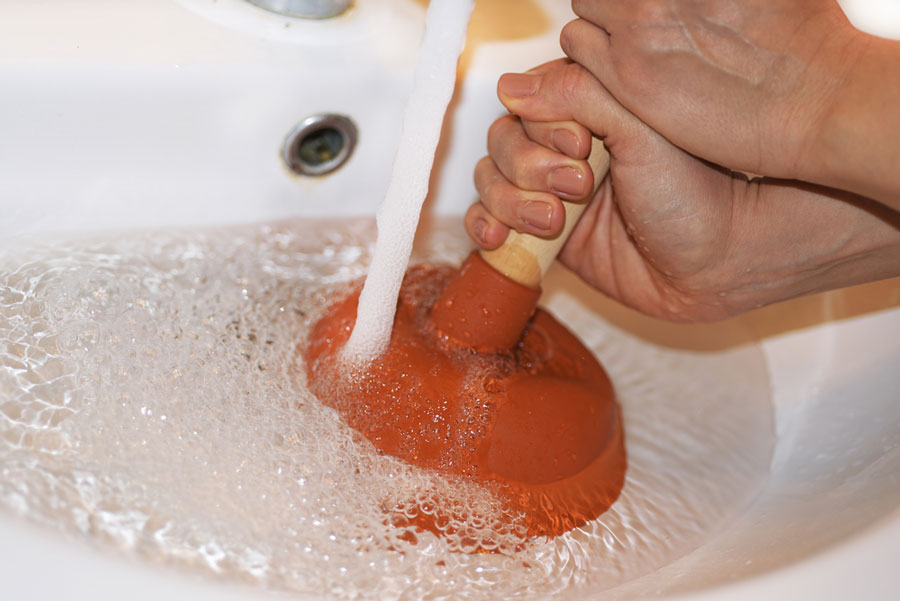






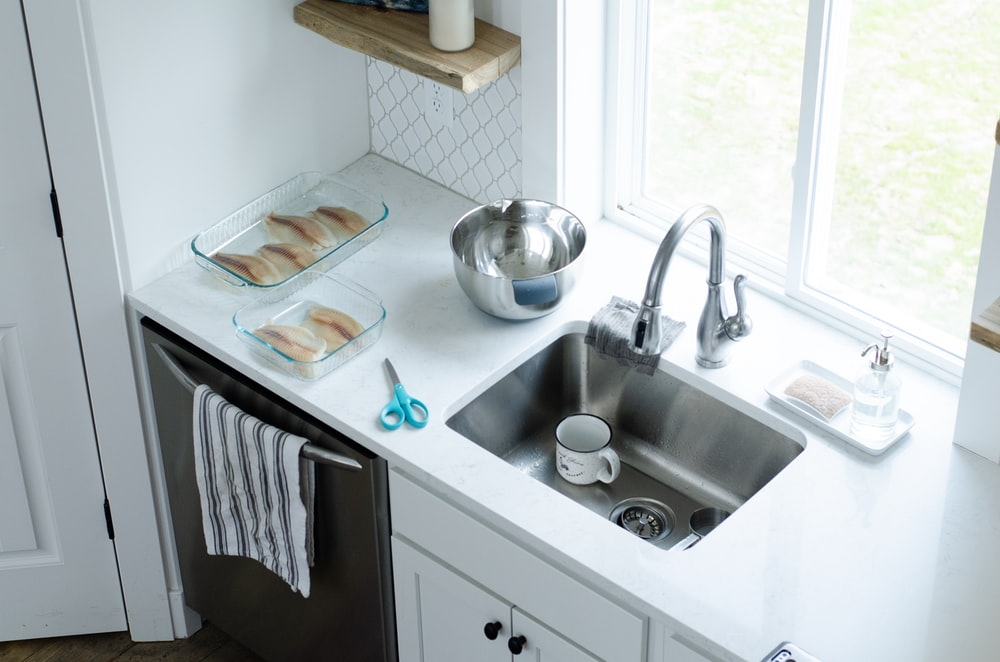



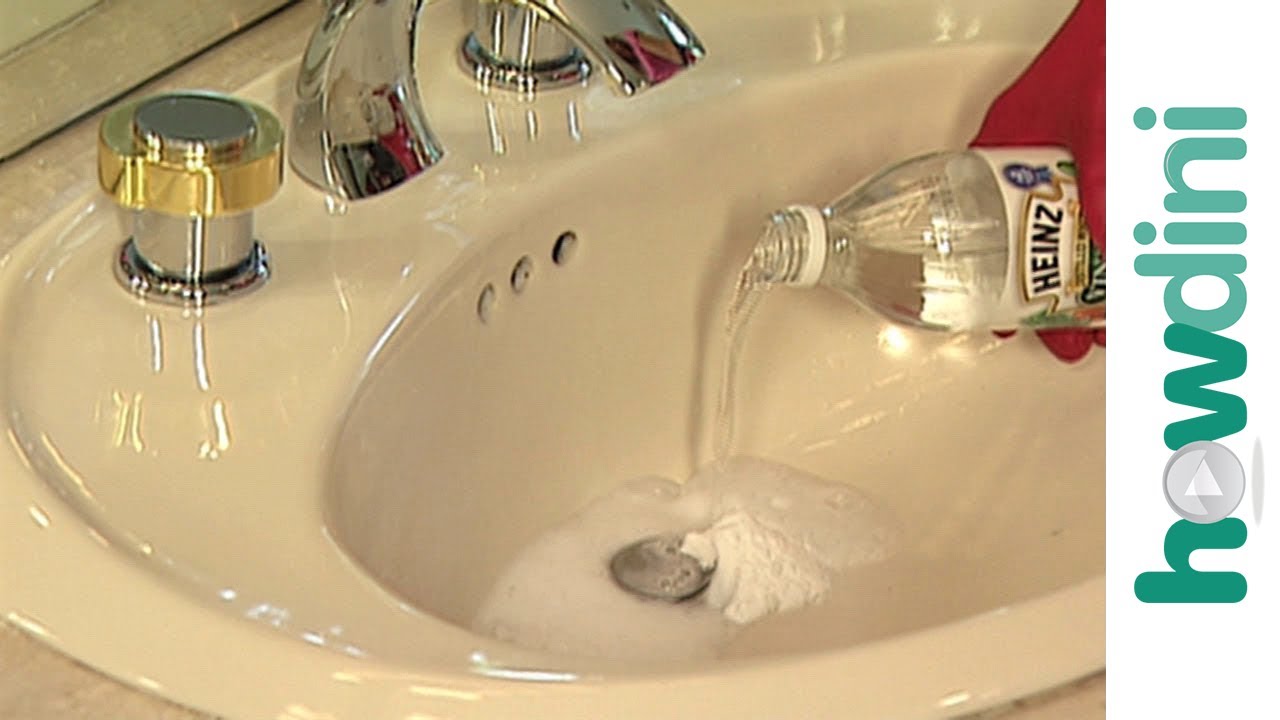










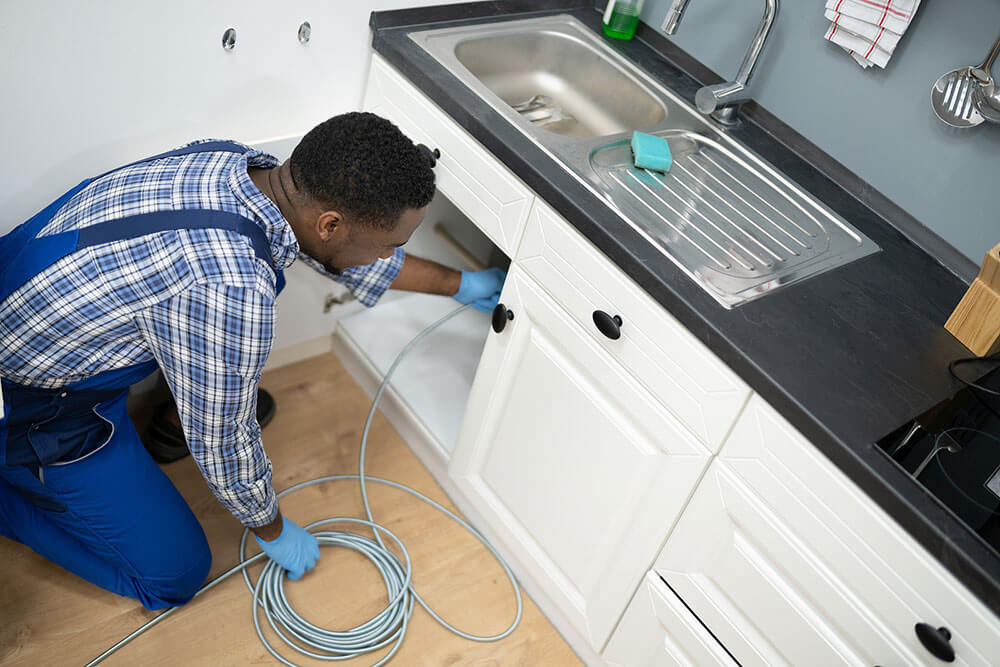



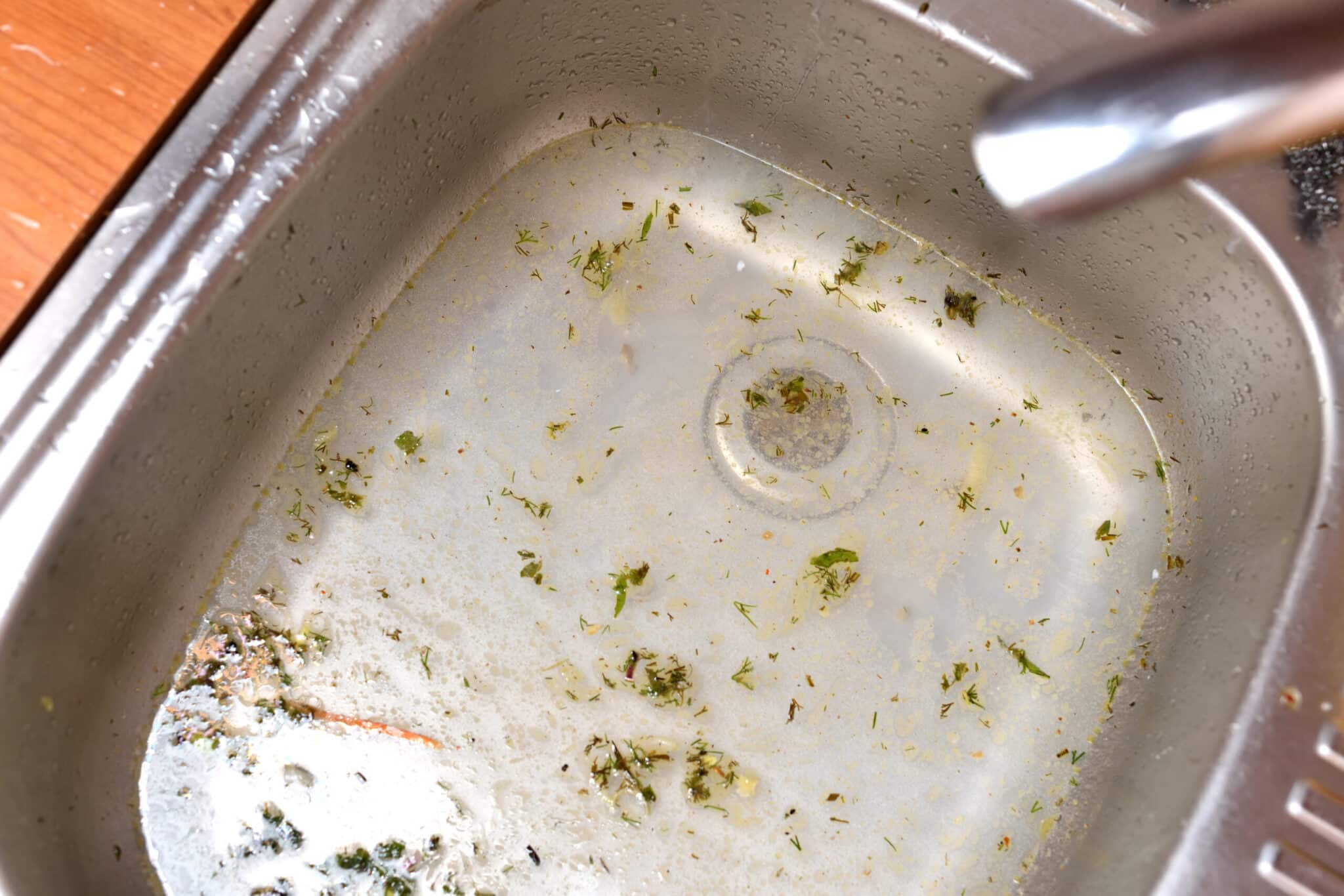
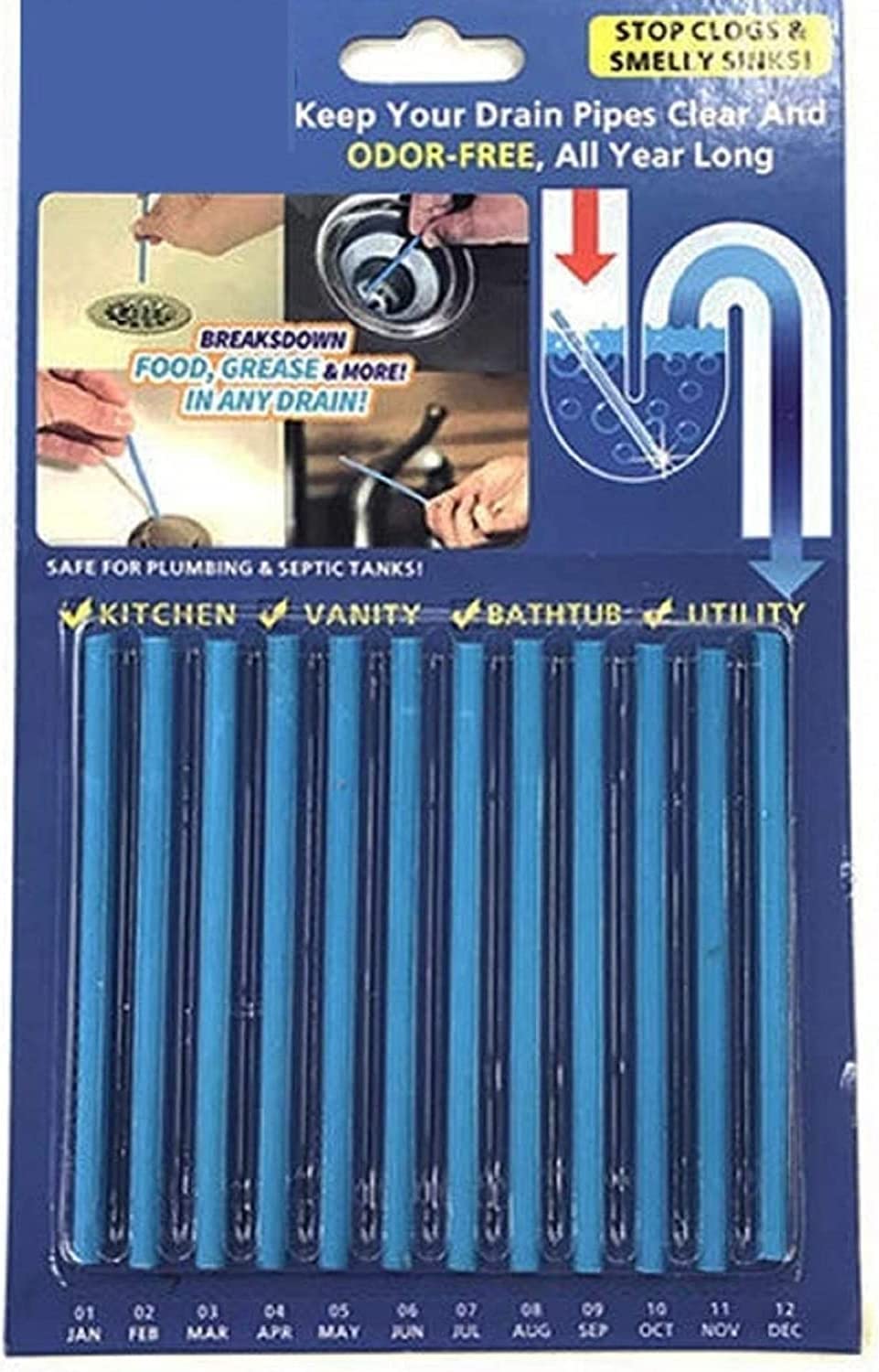






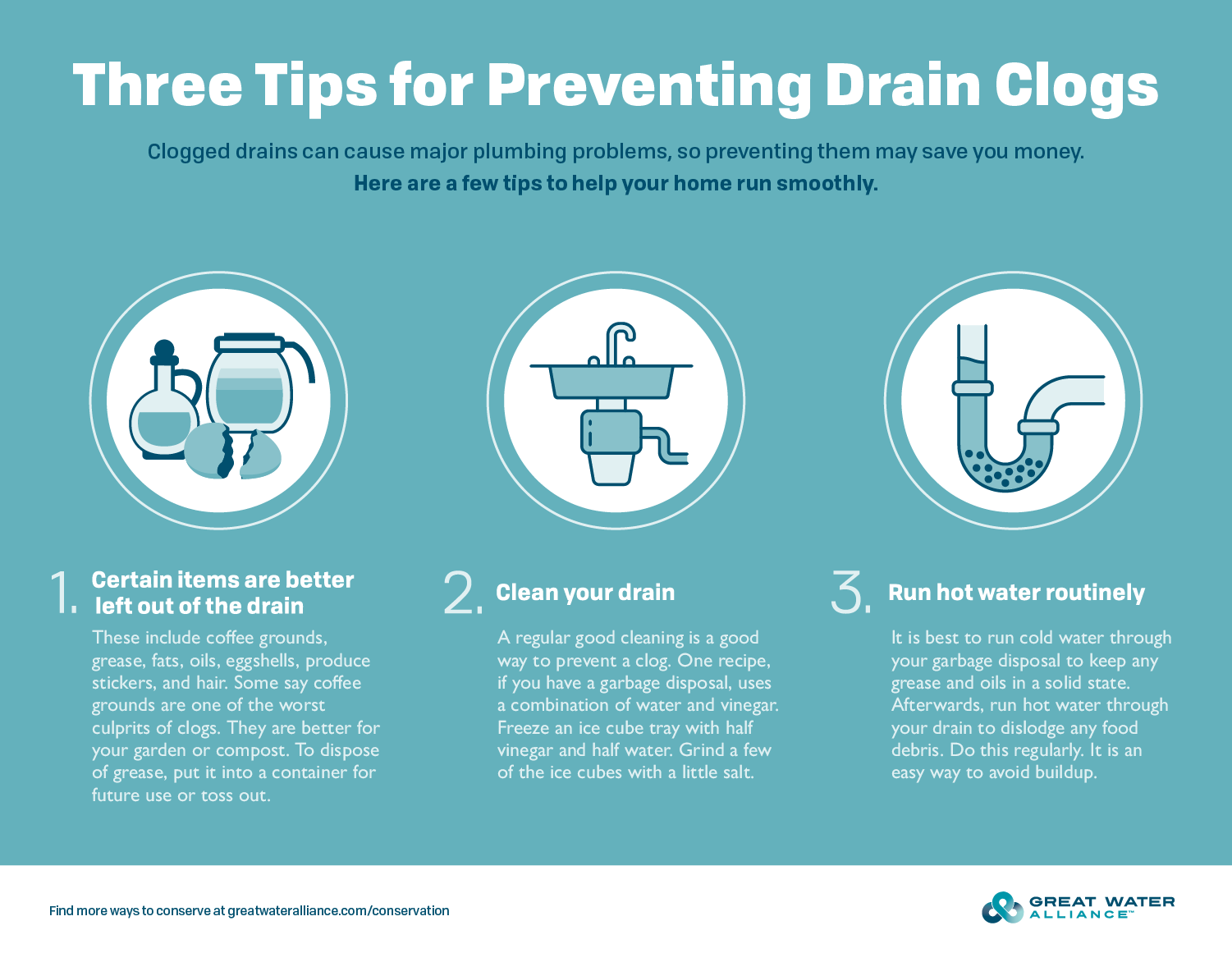
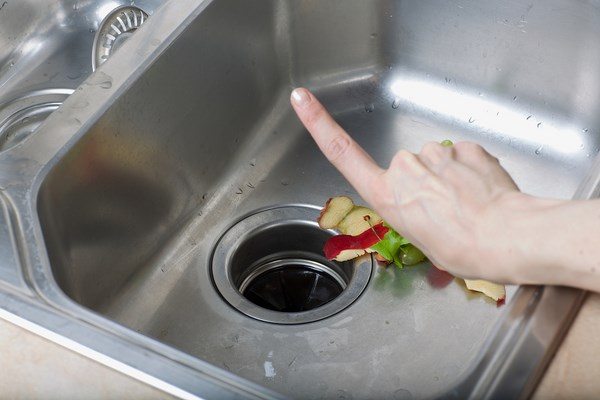






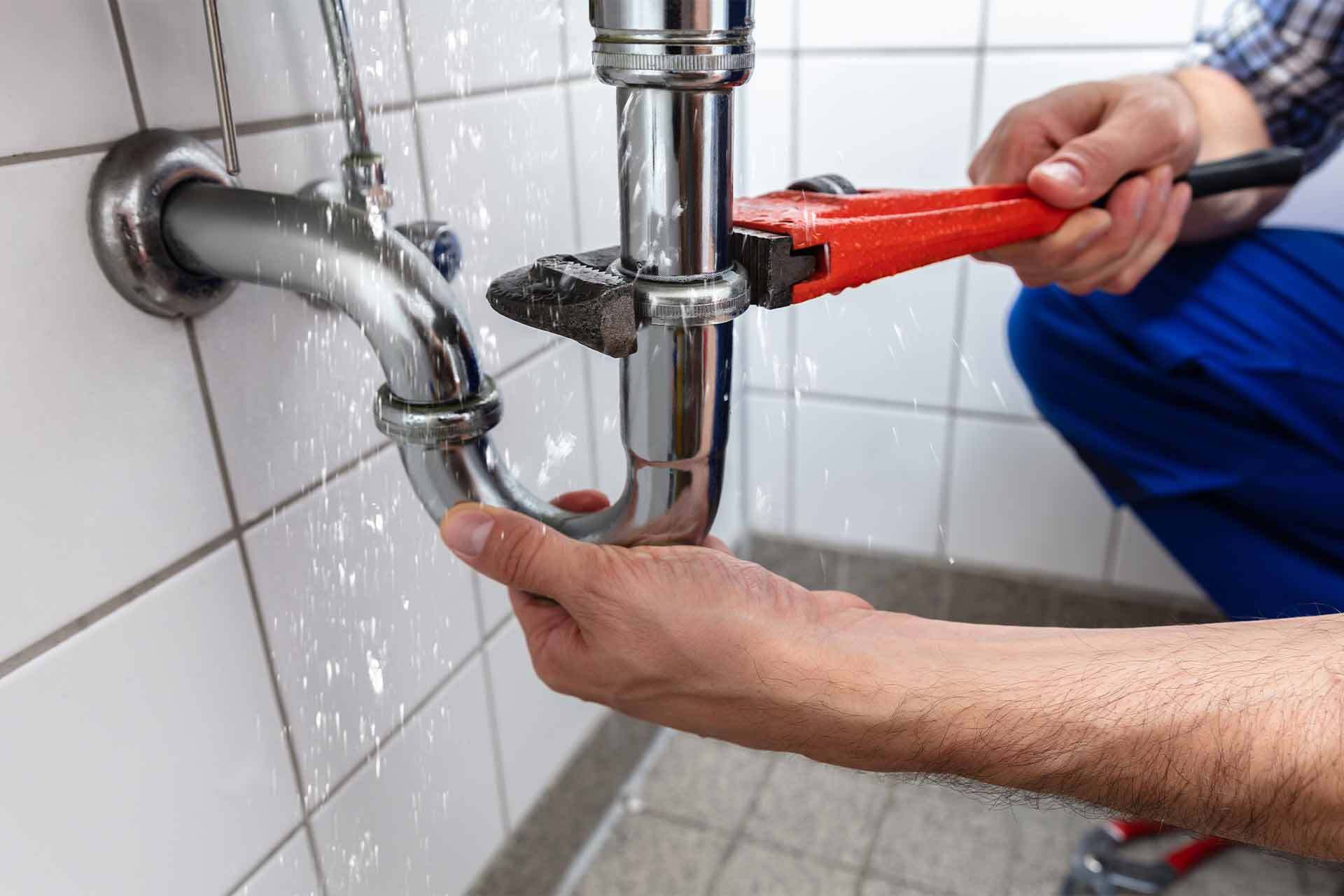
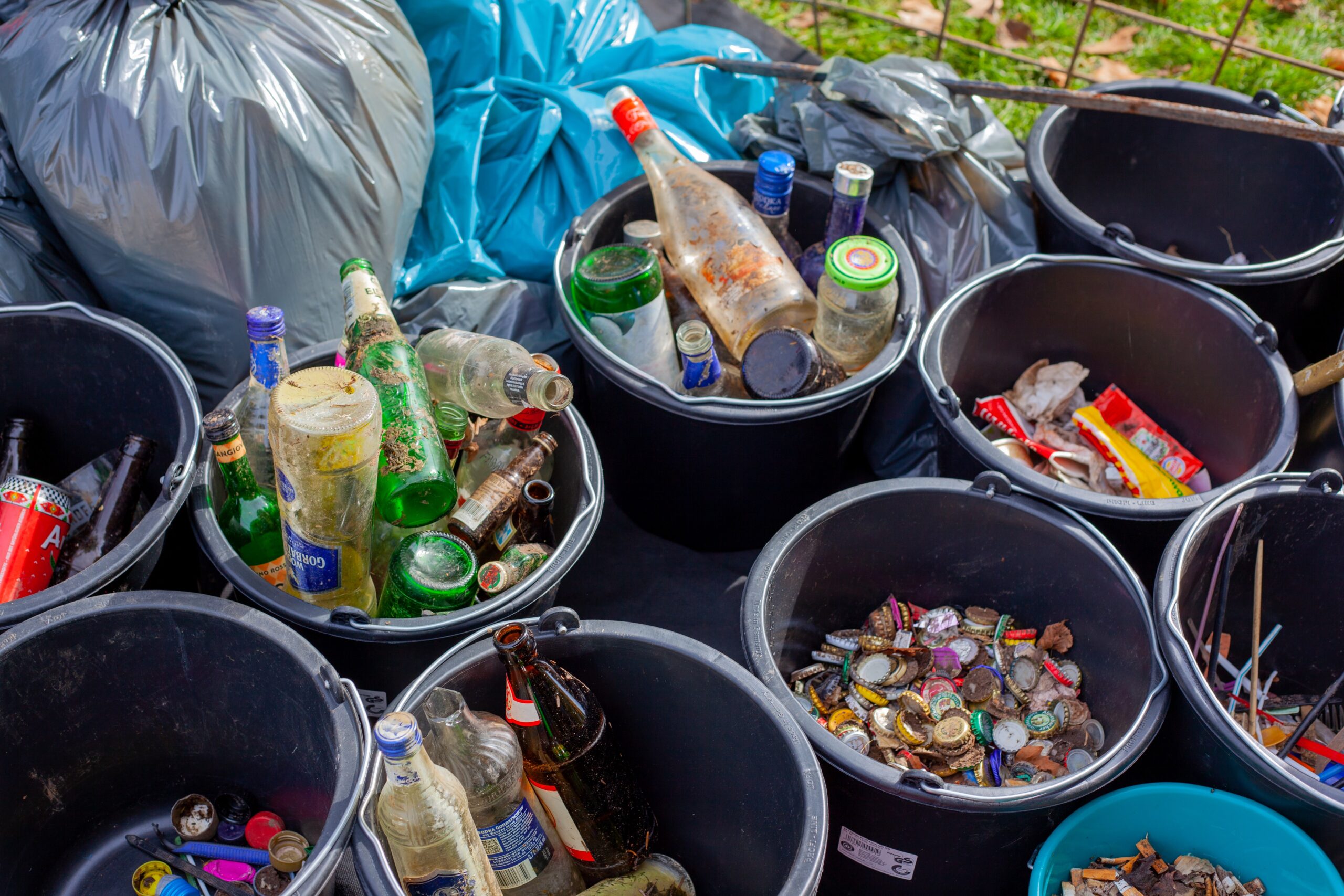







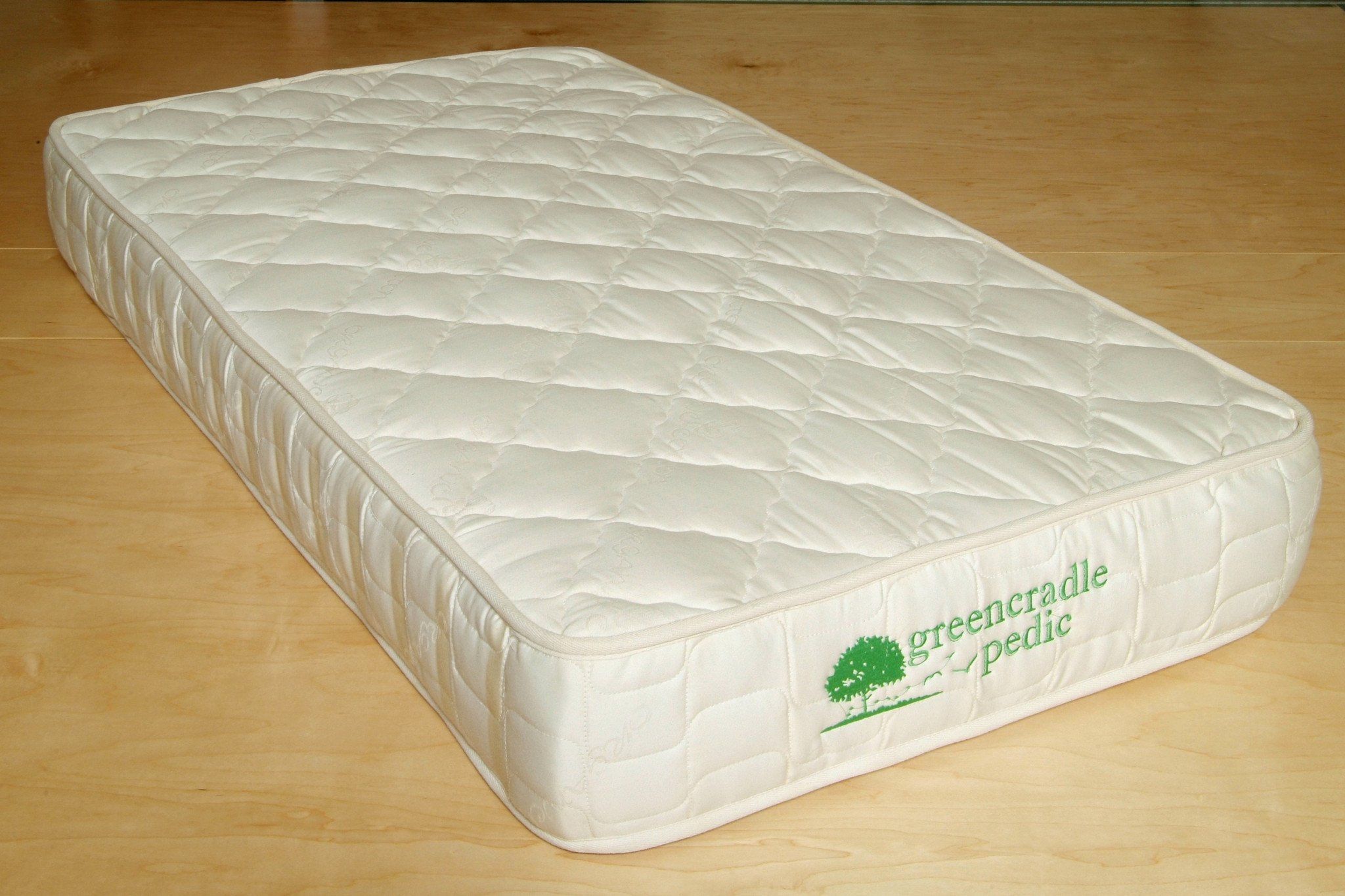
/modern-living-room-with-sofa-and-armchairs-601128524-ac4089306c104be1a0e1fc07846b41cd.jpg)

